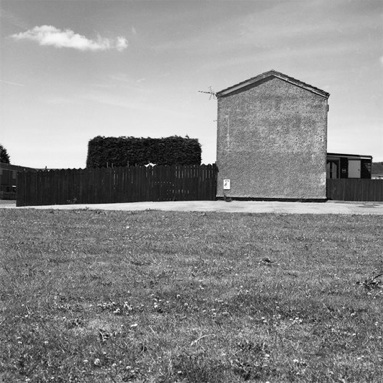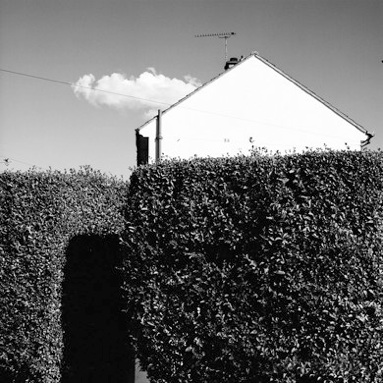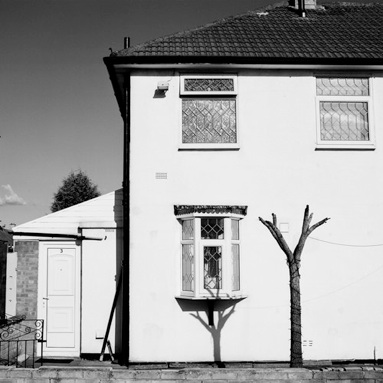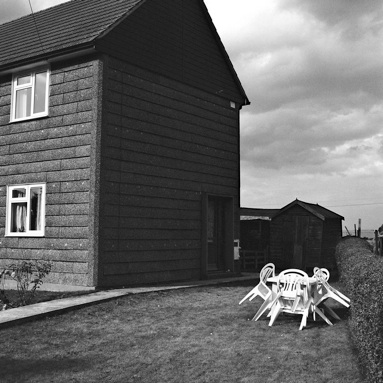Sunlit Uplands & Affective Landscapes /
North Bransholme, Kingston Upon Hull, Summer 2011 image © andy lock 2011




Marwood Avenue, Stocking Farm, Summer 2012 image © andy lock 2012
near Marwood Road, Stocking Farm, Leicester, Summer 2011 image © andy lock 2011
Council House, East Heckington, Summer 2011 image © andy lock 2011
These photographs of British, post-war council housing estates have been the subject of a number of conference papers and presentations including: “At once irrational and objective”: photography between the vulgar objects of the everyday and the partial landscapes of memory and desire. (conference on Affective Landscapes, at Derby University, 2012) and Poetic, Irrational & Objective: The legacy of Mass Observation’s Imagery. (Mass Observation 75th Anniversary conference, Sussex University, 2012).
This work is also the subject of a book chapter published in: Berberich ed., Affective Landscapes in Literature, Art, and Everyday Life, Ashgate, 2015.
These images were made during the spring and summer of 2011 on a number of council-housing estates of the kind that flourished on the peripheries of large British towns and cities after the end of the Second World War. These sites are quite distinct from the more frequently depicted, iconic structures of post-war British modernism, epitomised by such grand statements as Roehampton’s Alton West estate. They are instead representative of the normally overlooked vernacular, domestic architectures of the period. Complementing their architectural anonymity, such estates are typically to be found along the outermost orbit of any given city’s public transport routes. It was this quality of peripherality which first attracted me to these marginal, outlying places, which are in fact not merely peripheral, but so far removed from the centre of the city as to both be and signify an ‘elsewhere’. It was in this particular spatial context that the Sunlit Uplands work began to develop.
At one level the Sunlit Uplands images record evidence of a situation whereby ongoing practices of dwelling (whatever their conscious or unconscious significance) have manifestly mediated the initial, idealistic, uniform planning and cohesion, which characterised the landscapes born of post-war reconstruction. In this context they present evidence of a dialogue between the spaces of past idealism and those of subsequent practice.

